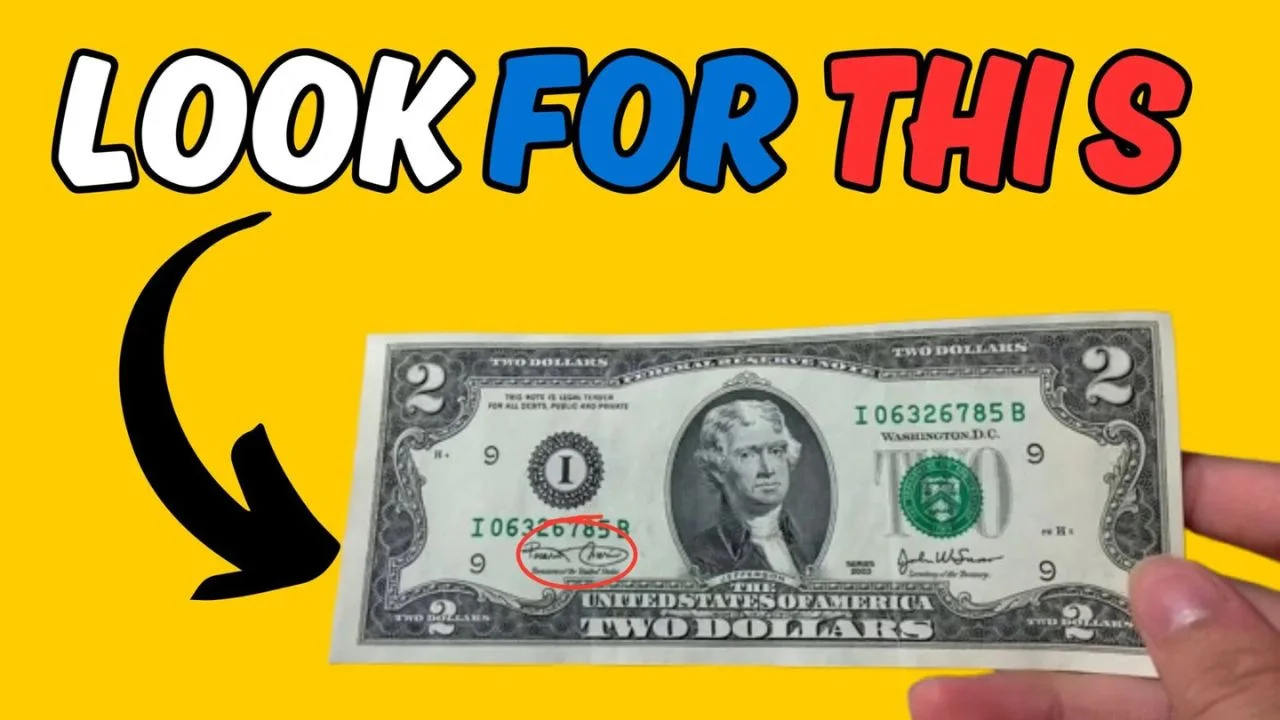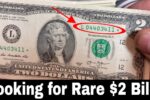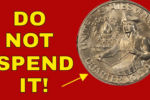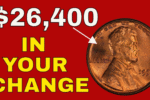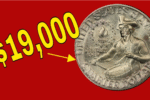1953 Red Seal $5 notes:Rare currency is often hidden in drawers or old wallets. Among such rarities, a 1953 Red Seal $5 note with a low serial number has recently made headlines – worth more than $100,000 to elite collectors. Could one of these be hiding in your collection?
Overview Table
| Aspect | Details |
|---|---|
| Series & Note Type | 1953 Series, U.S. United States Note with red Treasury seal |
| Serial Color & Style | Red-ink serials and seals; no green/blue present |
| Low Serial Defined As | Numbers under 100 (especially 00000001–00000099); under 1,000 also prized |
| Typical Value (Circulated) | $10–$20 |
| High-End Sales | $100,000–$120,000+ for uncirculated notes with low serials |
| Key Collector Criteria | Mint condition + ultra-low serials |
| Authentication Needed | Professional grading (PMG/PCGS Currency) essential |
What makes the 1953 Red Seal $5 Bill so Special?
When red seals were standard, the 1953 $5 note was issued as a United States Note, not a Federal Reserve Note. This difference reflects a smaller print run and a unique place in American monetary history.
While many people will remember these bills from decades ago, collectors prefer performance grades and low serial numbers – especially those that begin with all zeros. Serial numbers like 00000001 or any number under 100 in immaculate condition can fetch truly exceptional prices.
Why low serial Numbers Matter
Serials worth less than 100 are the highlight here. Deals recorded at the auction include:
- A crisp, serial 00000021 note – notable among the “birthday notes” – achieving a six-figure bid.
- A note numbered 00000100 in excellent condition is selling for tens of thousands.
- The ultimate prize: single-digit serials (00000003, 00000009) in flawless uncirculated condition.
These low-priced books attract keen interest from collectors, and when combined with uncirculated preserved books, they quietly fetch prices in excess of $120,000, with media reports estimating prices well above $100,000, confirming a quiet but growing demand.
How to identify a Valuable Note
Are you ready to check your old bills? Here are some markers you should look out for:
- Seal and Serial Ink
Bright red monetary seal and serial – no green or blue.
2. Series Year
“
Series 1953”, or smaller versions such as 1953A or B – still within the same lineage.
3.Serial Number Format
Those beginning with multiple zeros (e.g., 00000012) are the most prized.
4. Condition
Obsolete: Clear edges, no folds, no writing, and no discoloration.
What to do if you find a Candidate?
- Don’t sell right away to random buyers or unverified dealers.
- Be safe getting it graded by a professional currency grader like PMG or PCGS Currency—grading validates condition and increases buyer confidence.
- Research comparable sales through Heritage Auctions, Stack Bowers, and other reputable sources to estimate price ranges.
- Consult experienced dealers or currency collectors—they’ll offer guidance and potential buyers.
Why it matters: A quiet but growing Trend
These bills represent a broad market: collectors aren’t just chasing age or face value—they’re focusing on condition, rarity, and serial appeal. Key points:
- Nostalgia and history tie to value
- High-grade preservation outperforms older, well-used notes
- Minimal media attention means the advantage remains with knowledgeable insiders
The area has developed rapidly, and domestic relics have been transformed into important cultural and financial assets.
Step-by-Step Guide to Checking Your Bills
Sort old currency—isolate red-seal $5 bills.
Confirm serials start with red ink and multiple zeros.
Assess condition—sharp corners, no folds or writing.
If promising, grade it professionally.
Review recent auction results and list it appropriately.
Cautionary Notes
- Counterfeiting happens – counterfeit notes and tampered serials are possible.
- Even a note with a low serial but damaged is worth very little.
- Professional grading adds authenticity and liquidity to your assets.
Final Note
The next time you find an old $5 bill with a red seal and a serial that begins with zero, don’t ignore it. It could be a hidden treasure worth six figures – and with the right verification, a once-forgotten note could turn into a major windfall.
Frequently Asked Questions Quick Guide
1. What counts as a “low” serial?
A = Notes with numbers less than 100 — especially single or double digits — are worth the most.
2. How much are 1953 red-seal notes worth?
A = Typically $10-$20 in circulation.
3. Who verifies condition?
A = Currency grading services like PMG or PCGS Currency authenticate and grade the notes.
4. How do I check how much past notes have sold for?
A = Check firearms auction results on Heritage Auctions or Stack Bowers.
